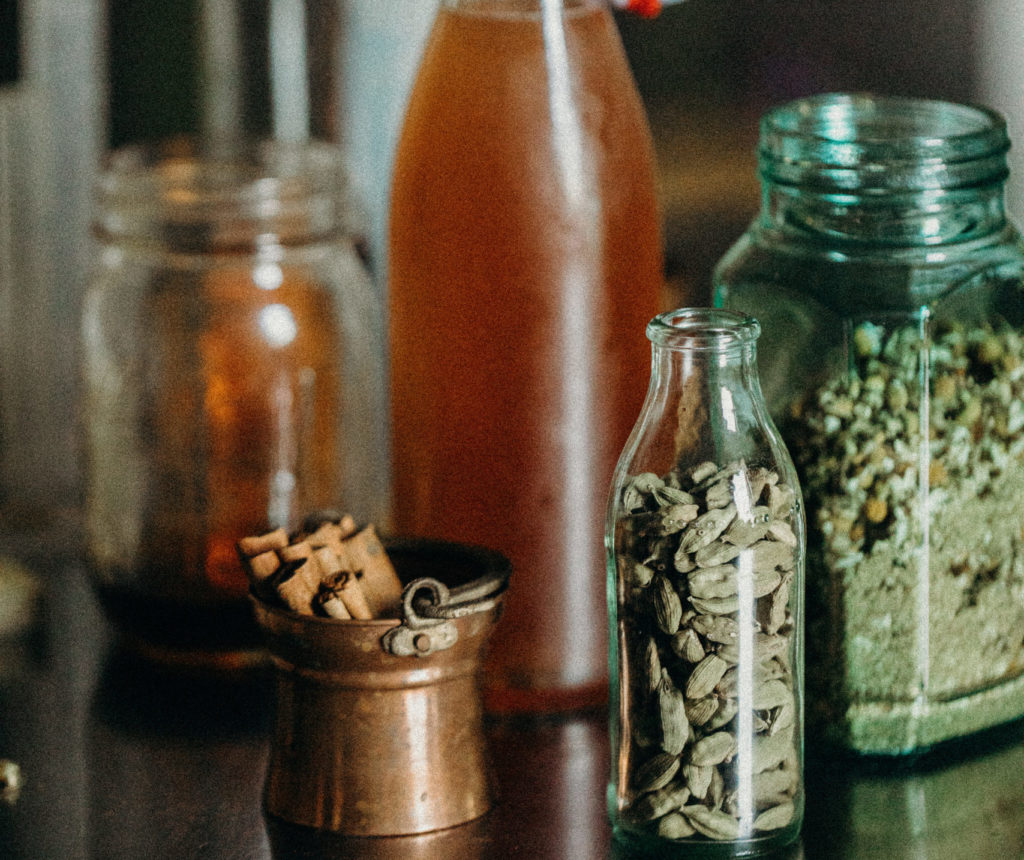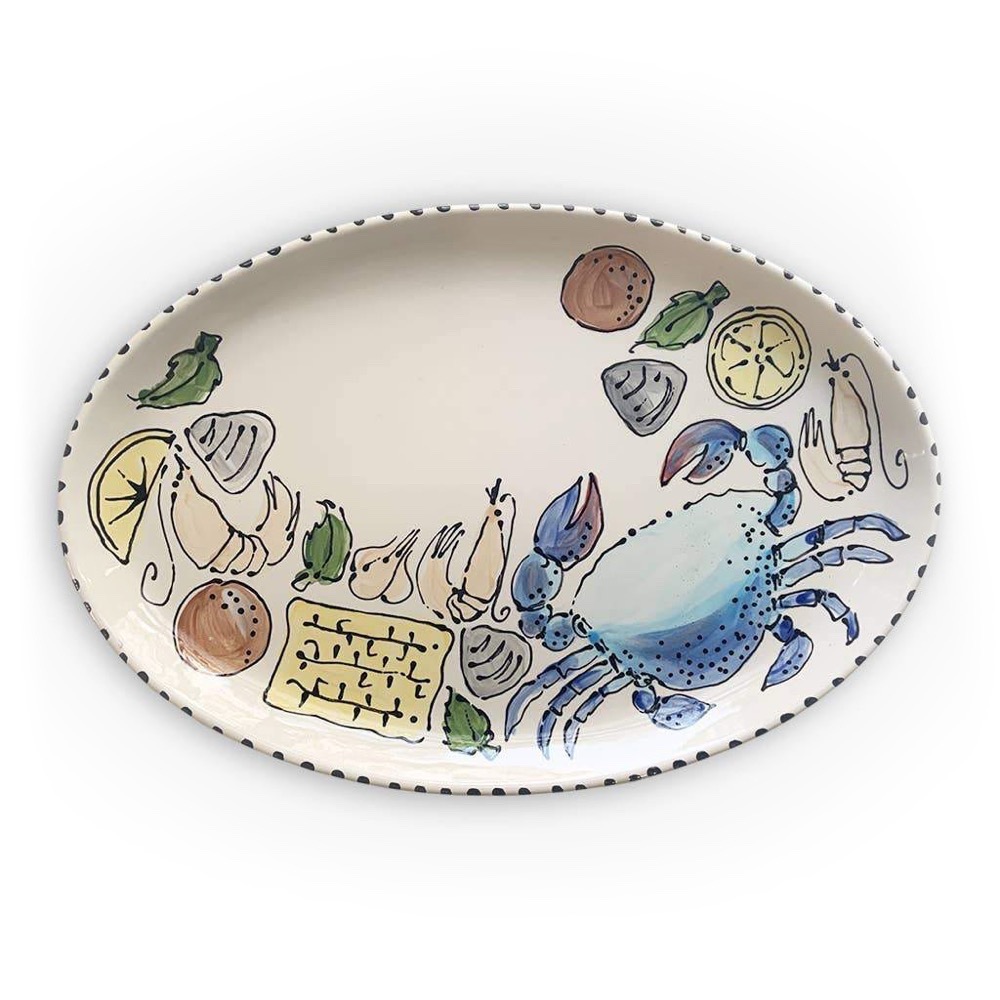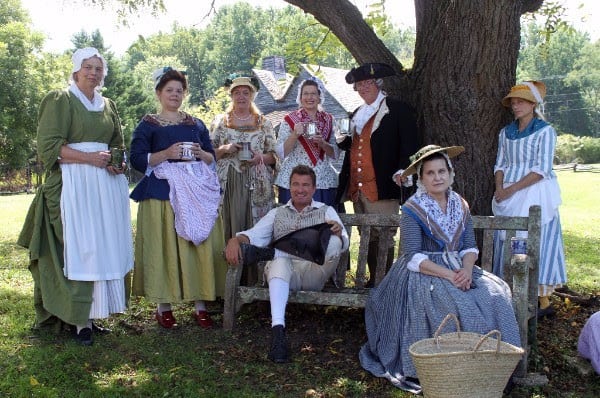Baltimore’s artisanal vermouths invite stand-alone sipping
Quick, what’s your favorite vermouth? Drawing a blank? Can you maybe kinda picture the label? The foreign brand name?
Don’t feel bad. Though the fortified and botanically aromatized wine is an ingredient in numerous classic cocktails—think Manhattan and martini—few on these shores give the Italian-born aperitif much thought. It’s always a barroom bridesmaid, never a bride.
But the folks at Baltimore’s Wine Collective, an urban winery, tasting room, and pintxos bar, aim to change that. Hold the gin, hold the bourbon—they’re crafting complex and compelling vermouths to enjoy by themselves.
“One of the cool things about vermouth is that because it’s wine, spirit, botanicals, and sweetener, it’s kind of a pre-made cocktail,” says Wine Collective cofounder Enrique Pallares, standing amongst the shiny fermentation tanks of his two-year-old operation. “That’s how the Spanish see it, and why they drink so much of it—mostly just on the rocks with orange, olive, and a splash of soda.”
While vermouth is still celebrated in Turin, Italy, where distiller Antonio Benedetto Carpano is credited with inventing the beverage in 1786 (for medicinal purposes, initially), it’s gaining newfound popularity across Europe. Ground zero for its appeal is Catalonia, Spain, where Barcelona’s gregarious young social set love ir de vermuteo—to go vermouth—and bounce among an ever-expanding array of bars (vermuterias) featuring it.

“Spain is exploding with young vermouth brands,” says Pallares, who’s no stranger to far-flung drinking habits from his days as a globetrotting professional polo player. “They’re making traditional stuff and some new experimental stuff. I’ve always loved vermouth and now it’s my passion and goal to bring the vermouth movement to America.”
The Wine Collective has a rosé vermouth, called Vermú, out now; a sweet (red) vermouth available by the time you read this; and a dry (white) version slated to hit bar tops in spring. A handful of American wineries have also jumped into the craft vermouth game, and vermouth-featuring bars are starting to pop up in New York. It seems Baltimore, for once, might be ahead of this drinking trend.
Of course, with so many ingredients going into each bottle, the challenge is to get the “cocktail” of flavors just right. While the international makers you were probably trying to recall earlier, such as Martini & Rossi and Cinzano, produce the stuff on an industrial scale, for craft makers it’s a painstaking process relying on their talents and their tongues.
To explain how Wine Collective creates its vermouth, Pallares ushers me into a barrel-lined side room to meet the vermouth team, including Wine Collective co-founder and chief winemaker John Levenberg, general manager Filipe Pallares (Enrique’s brother and a fellow retired polo player), and assistant winemaker Kurtis Flaherty. A table before us sports a dozen or so Mason jars filled with liquids of various hues. Each is a tincture created by steeping a botanical in high-proof distilled wine, including cinchona bark, elderberry, thyme, galangal root, Spanish oranges, artichoke leaves, chamomile, cardamom, gentian root, juniper berries, clove, and star anise. Much of the spirit is created for them by the Baltimore Spirit Company, a craft distillery literally just down the hall in the Union Collective maker-space facility that beermaker Union Craft Brewing (also in residence) carved out of an empty Sears warehouse in 2018.
“In Europe, you cannot make a vermouth without wormwood,” Enrique Pallares says. “In the U.S., there’s really not much of a legal definition for vermouth but I would say that vermouth without wormwood is not really vermouth.” Yes, this bitter herb—Artemisia absinthium—is the same stuff used in the celebrated spirit absinthe. It seems likely that Signore Carpano was inspired by the botanically infused wines German monks made for centuries; indeed, the word vermouth comes from the German for wormwood, wermut.
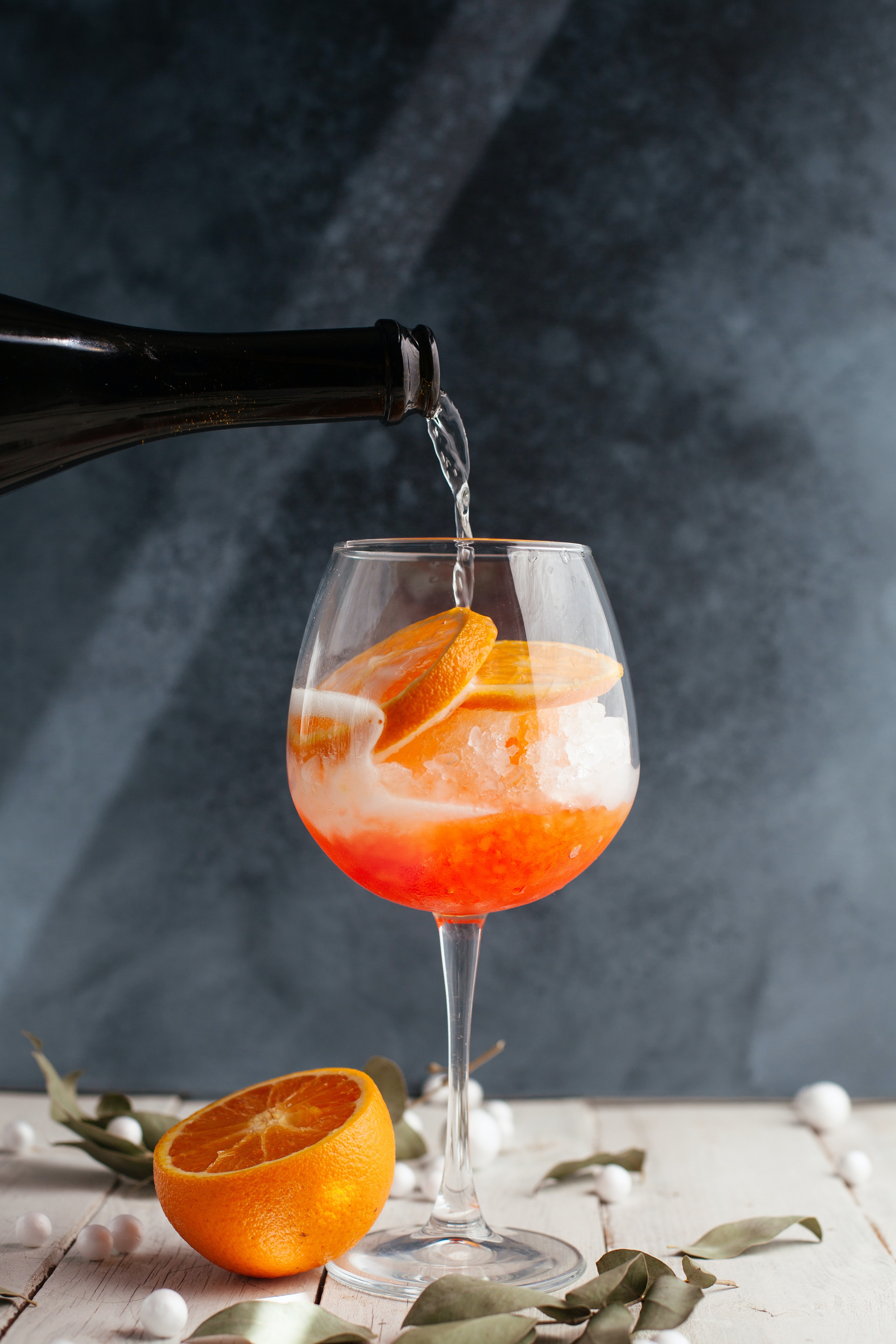
Vermú Spritz
Ingredients
- Vermú
- Choice of sparkling soda
Directions
- Vermú, and 1/3 either sparkling water, tonic water, grapefruit soda or sparkling wine. Stir and garnish with a slice of citrus.
I take the tiniest taste of the wormwood tincture and find it face-crunchingly, oh-my-God bitter. But it’s a case of a little going a long way. The wormwood is blended with offsetting fruity and sweet tinctures and sugar. And in the end, only a couple of ounces at best of this high-proof botanical stew goes into of bottle of vermouth, the bulk of which is the onsite-made base wine. Enrique Pallares says he previously made vermouths at home (“home” being Casa Carmen, the family’s 6.5-acre vineyard/winery in Kent County, outside Chestertown), including a version with locally foraged black walnuts, but it was a seat-of-the-pants operation. To ramp up and professionalize production, they developed a system where they build the desired flavor profile by combining individual tinctures (as opposed to steeping the botanicals all together), with the quartet tweaking and taste-testing their way to some kind of consensus.
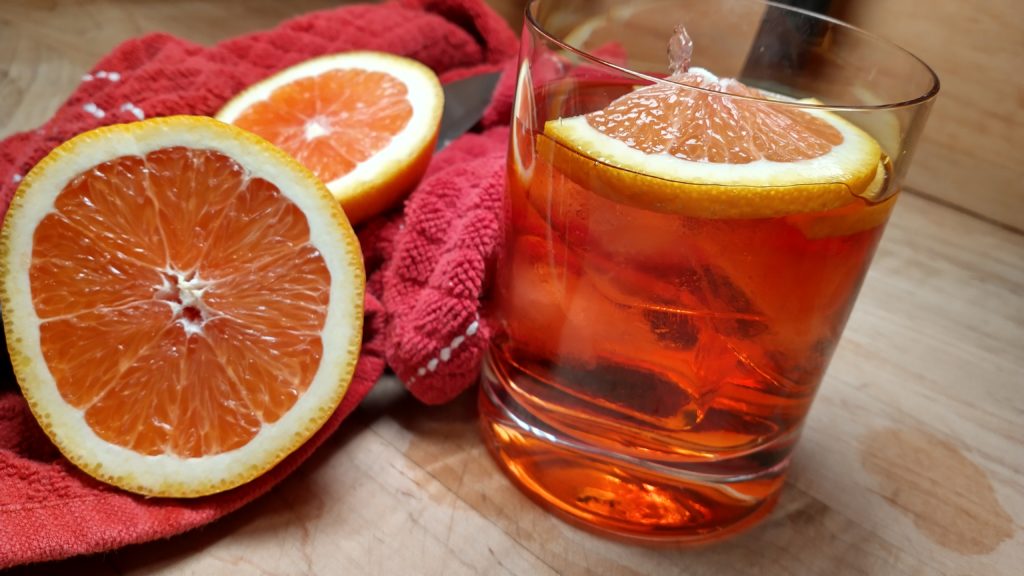
Marianito Preparado
Ingredients
- Vermú
- Campari
- Gin
- Angostura bitters
Directions
- Fill an Old Fashioned glass (rocks glass) with ice, fill Vermú to the top. Add a splash of Campari and a splash of gin. Dash with angostura bitters. Garnish with an orange slice.
Flaherty shows how he uses a microliter pipette, a sort of fancy-pants eyedropper usually seen in science labs, to work with exacting amounts of each fluid. A spreadsheet keeps track of ratios. They sample the mini version until it’s what they want and mathematically scale-up quantities to make a production run of around 800 cases.
“I think we went through something like 17 different iterations,” Levenberg says of Vermú. “There’s something different that every person brings to it and that’s what’s fun.” This sense of fun is reflected on the label as well, which depicts a woman wielding a cocktail glass while astride a flamingo and the words: “Earnest with a wink and seriously whimsical.”
And the taste? I try some neat and then Barcelona style, with a little soda and an orange and olive garnish. An orangey sweetness comes first, followed by refreshingly tart acidic notes of the wine and a muted and herbaceous bitterness at the finish. That’s three of the tongue’s five basic tastes right there. The remaining two—salty and umami—can come from the various nibbles the Spanish like to have alongside it, from humble potato chips through olives, pickles, charcuterie plates, and tinned seafoods. (The Wine Collective’s tasting room menu has you covered with all these options.) Thusly consumed, it earns its aperitif designation: Your tastes buds are given a thorough warm-up.
Vermú plays well with others too, as I learn from Brendan Dorr, co-owner of the gin-focused bar Dutch Courage in the city’s Old Goucher neighborhood and founder of the Baltimore Bartender’s Guild.
“I really love the Wine Collective vermouth,” Dorr writes in response to an email query about it. “Delicious on its own, it is also versatile for complex cocktails and classics like a Negroni.” He mentions a popular warm-weather cocktail they concocted called Fever Dream, made primarily with genever (the original Dutch version of gin) and Vermú. “The malty notes from the genever balanced perfectly with the citrus, floral and bittering botanicals from the Vermú,” Dorr writes. “It’s beautiful!”

